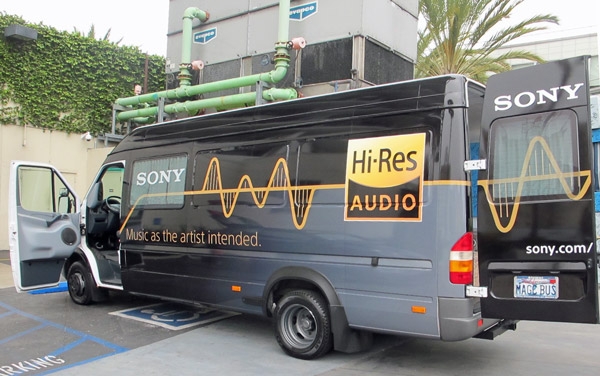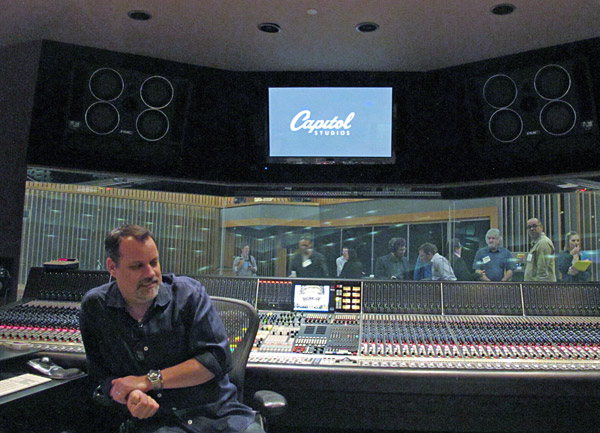| Columns Retired Columns & Blogs |
"I made clear to UMG's Belcher that I felt purchasers of both hi-resolution files and vinyl were entitled to know the source used to produce the files and/or vinyl, the resolution of the files in the case of digital masters, who mastered and where, and in the case of vinyl, where the records were pressed. He agreed those were important and that UMG at least, was committed to provided as much metadata as possible to produce as complete as possible experience."
Among the most important metadata that they should be providing to the consumer would be the monitoring level used in mastering, eg. -20_dBFS signal level producing 82_dBC at the listening position from each monitor individually. The ISO_226 equal loudness contours clearly illustrate the nonlinearity of hearing perception, using equal phon contours on 10_phon gradients mapped to SPL and frequency. Listening at significantly different nominal playback level results in significant nonlinear changes in perceived sound, and that is not something that can be corrected with simple EQ and system tweaks (other than proper playback level).








































